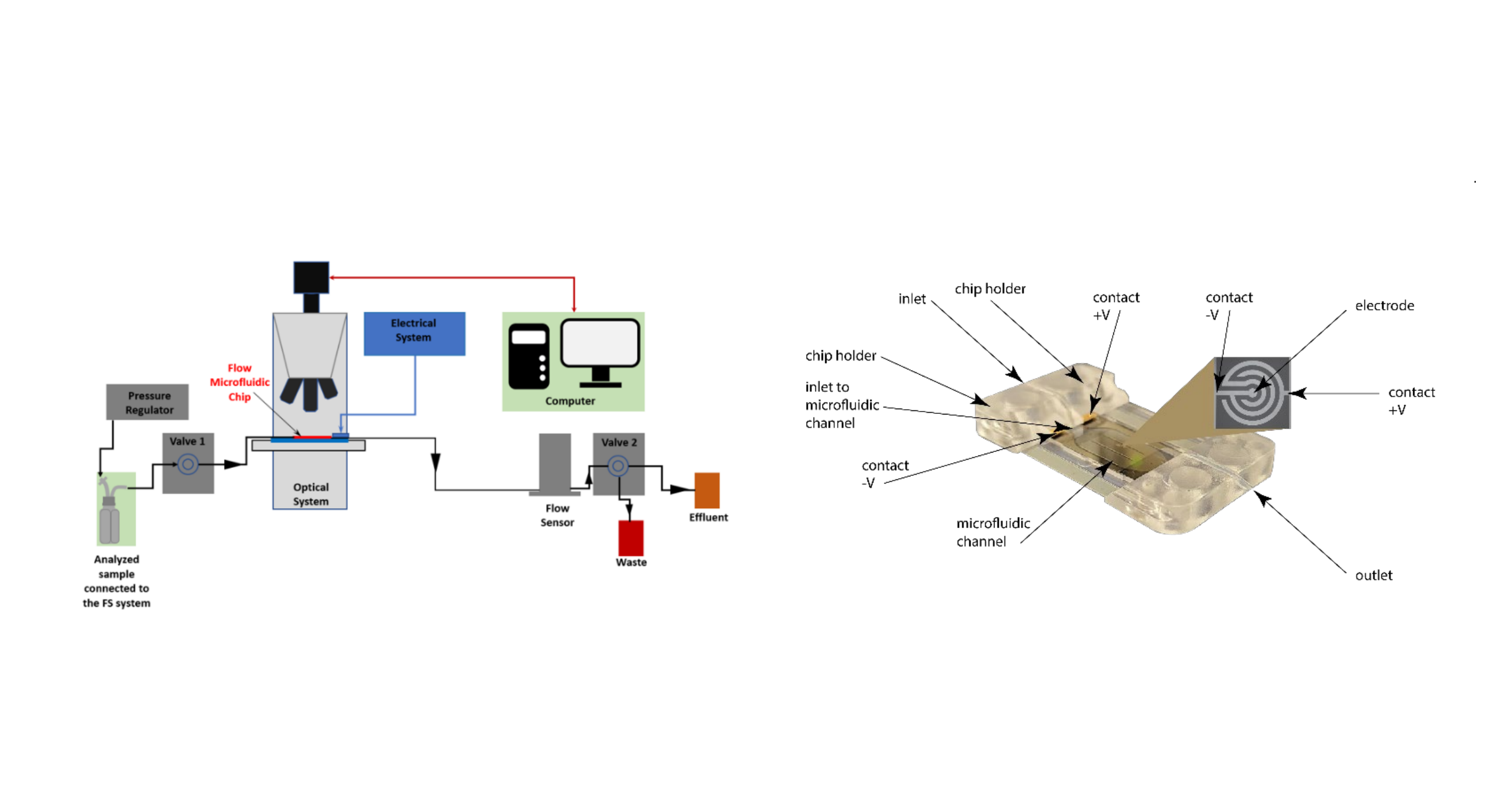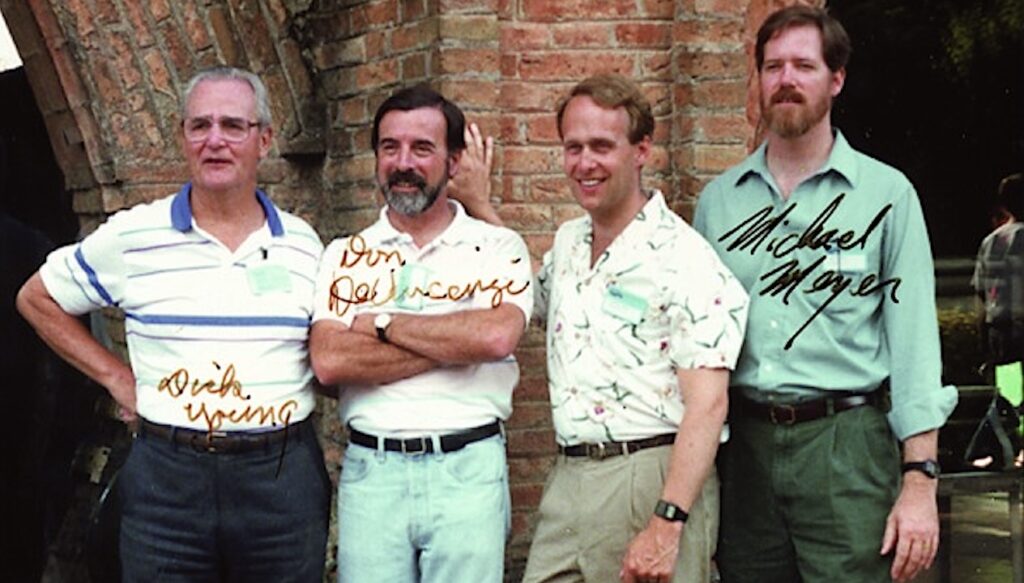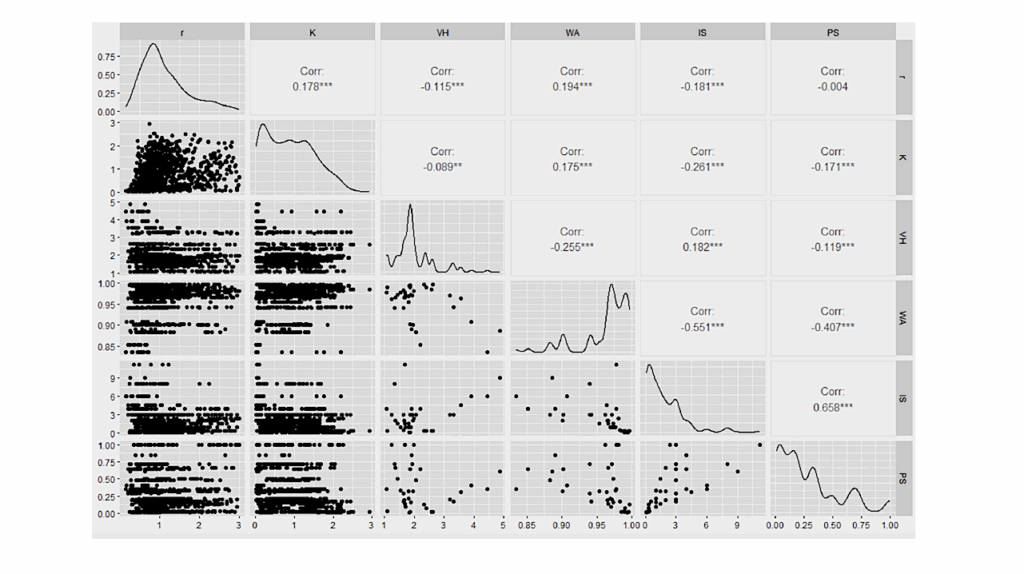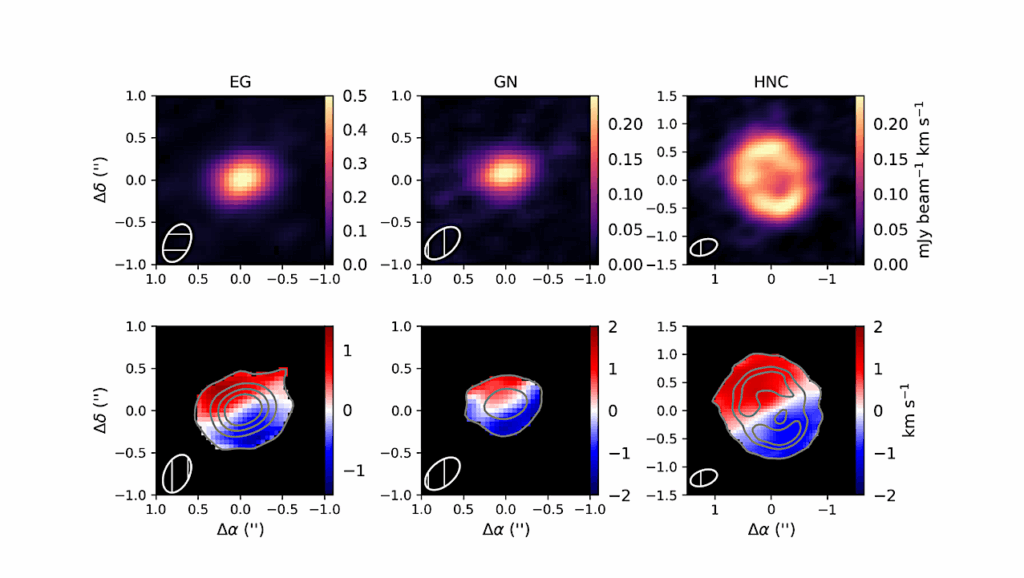Direct In-Situ Capture, Separation and Visualization of Biological Particles with Fluid-Screen in the Context of Venus Life Finder Mission Concept Study

Evidence of chemical disequilibria and other anomalous observations in the Venusian atmosphere motivate the search for life within the planet’s temperate clouds. To find signs of a Venusian aerial biosphere, a dedicated astrobiological space mission is required.
Venus Life Finder (VLF) missions encompass unique mission concepts with specialized instruments to search for habitability indicators, biosignatures and even life itself. A key in the search for life is direct capture, concentration and visualization of particles of biological potential. Here, we present a short overview of Fluid-Screen (FS) technology, a recent advancement in the dielectrophoretic (DEP) microbial particle capture, concentration and separation.
FS is capable of capturing and separating biochemically diverse particles, including multicellular molds, eukaryotic cells, different species of bacteria and even viruses, based on particle dielectric properties. In this short communication, we discuss the possible implementation of Fluid-Screen in the context of the VLF missions, emphasizing the unique science output of the Fluid-Screen instrument.
FS can be coupled with other highly sophisticated instruments such as an autofluorescence microscope or a laser desorption mass spectrometer. We discuss possible configurations of Fluid-Screen that upon modification and testing, could be adapted for Venus.
We discuss the unique science output of the FS technology that can capture biological particles in their native state and hold them in the focal plane of the microscope for the direct imaging of the captured material. We discuss the challenges for the proposed method posed by the concentrated sulfuric acid environment of Venus’ clouds. While Venus’ clouds are a particularly challenging environment, other bodies of the solar system, e.g., with liquid water present, might be especially suitable for Fluid-Screen application.
Robert E. Weber, Janusz J. Petkowski, Monika U. Weber
Comments: Published in Aerospace as a part of the Special Issue “The Search for Signs of Life on Venus: Science Objectives and Mission Designs” (this https URL)
Subjects: Instrumentation and Methods for Astrophysics (astro-ph.IM); Earth and Planetary Astrophysics (astro-ph.EP); Other Quantitative Biology (q-bio.OT)
Cite as: arXiv:2211.04572 [astro-ph.IM] (or arXiv:2211.04572v1 [astro-ph.IM] for this version)
Journal reference: Aerospace. 2022; 9(11):692
Related DOI:
https://doi.org/10.3390/aerospace9110692
Focus to learn more
Submission history
From: Janusz Petkowski
[v1] Tue, 8 Nov 2022 21:45:28 UTC (816 KB)
https://arxiv.org/abs/2211.04572
Astrobiology








